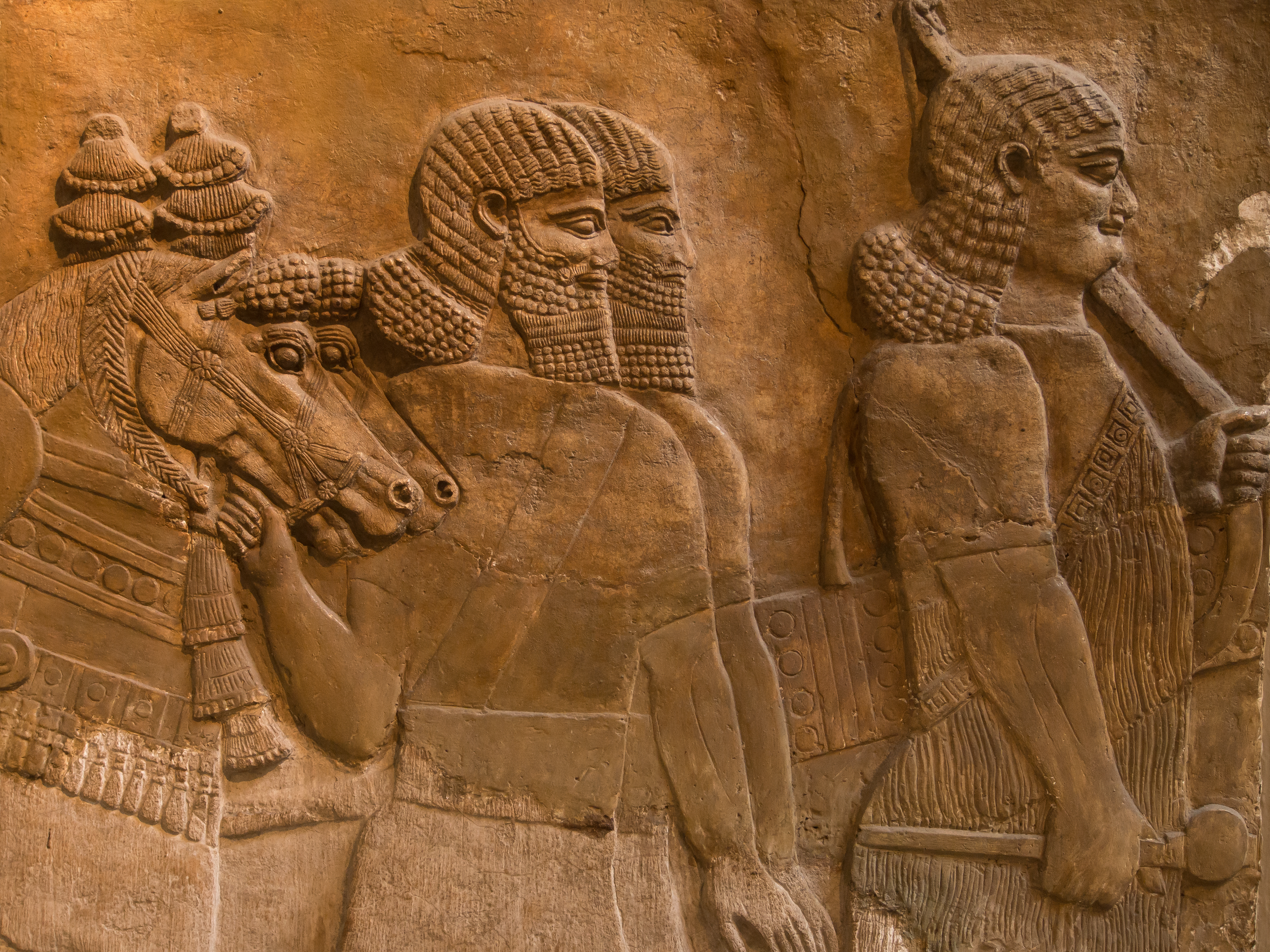One of the more mysterious symbols that has been found in carvings from the ancient world is an image that looks uncannily like a modern-day handbag. The shape appears in depictions made by the Sumerians of Iraq, in the ruins of Turkish temples, in decorations of the Maori of New Zealand and in crafts made by the Olmecs of Central America.
Handbags can be seen in the art of disparate cultures from around the world and throughout time, with first known instance of a handbag appearing at the end of the Ice Age. Once it’s been pointed out, its actually quite hard to avoid and ubiquity of this mysterious symbol raises captivating questions about its significance and purpose in the ancient world. What deeper meaning lies behind this recurrent and cross-cultural portrayal of handbags, and what might it reveal about the interconnectedness of humanity’s ancient civilizations?
It’s hard to deny that these supposed “handbags” look surprisingly similar to the contemporary purse. According to Scranton, the objects depicted within ancient art “typically feature a rounded handle-like top and a rectangular bottom, and may include varying degrees of additional details of texture or pattern.” The images sometimes appear as stand-alone objects; while other times they are depicted in the hand of a person, god or mythical being in a manner similar to how one would hold a basket.
One possible theory for the proliferation of this image is that it’s a simple and straightforward representation of the cosmos. The semi-circle of the image, which appears to be the bag’s strap—represents the hemisphere of the sky. Meanwhile, the solid square base represents the earth.
“In ancient cultures from Africa to India to China, the figure of a circle was associated symbolically with concepts of spirituality or non-materiality, while that of a square was often associated with concepts of the Earth and of materiality,” continued Scranton. Thus, some argue that the image is used to symbolize the (re)unification of the earth and sky, of the material and the non-material elements of existence.
One of the earliest instances of the handbag motif can be seen in the ruins of Göbekli Tepe, located at the top of a mountain ridge in southeastern Turkey. Dating back to approximately 11,000 BC, Göbekli Tepe is one of the oldest temple complexes ever discovered. While the exact purpose of the mountain sanctuary is unknown, it appears that the temple may have served as a site for religious sacrifices since archaeologists have unearthed many butchered animal bones.

The walls and pillars of the temple at Göbekli Tepe are decorated with finely carved animals, gods, and mythical creatures, perhaps in an effort to portray the many different creations of the cosmos. Nestled among this tapestry of carvings from another era, appear to be three handbags, adding an extra layer of mystery and intrigue to the richly adorned walls and pillars of the ancient sanctuary. Experts believe that early religions worshiped the fundamental elements of life on earth. Therefore, “the three Göbekli Tepe handbags, taken as an early form of those icons, could be said to symbolically define the site as a temple,” argued Scranton.
Elsewhere, handbag image shows up with striking similarities in two stone reliefs, one made by Assyrians of ancient Iraq between 880-859 BC and other made by Olmecs of ancient Mesoamerica sometime between 1200-400 BC.

In both of these images, a male figure carries the handbag in his hand, as if it were a basket or purse. “When used in Assyrian art it is said the purse holds magic dust. When depicted in Olmec art they postulate it contains herbs for getting high,” explained Freeborn in Noahsage. This suggests that handbags may have been a standard of measurement uniquely discovered by both cultures.
📷 : Assyrian relief carving from Nimrud, 883-859 BC (British Museum).
#archaeohistories






